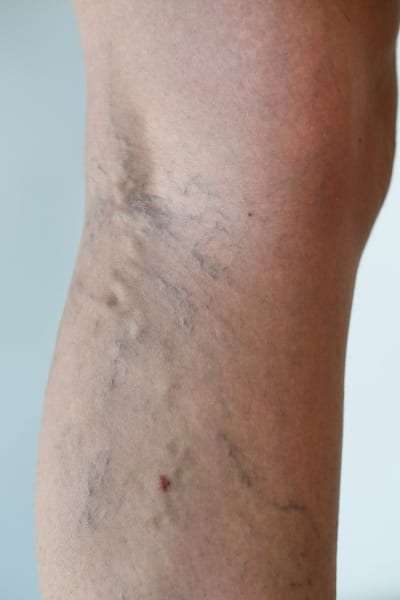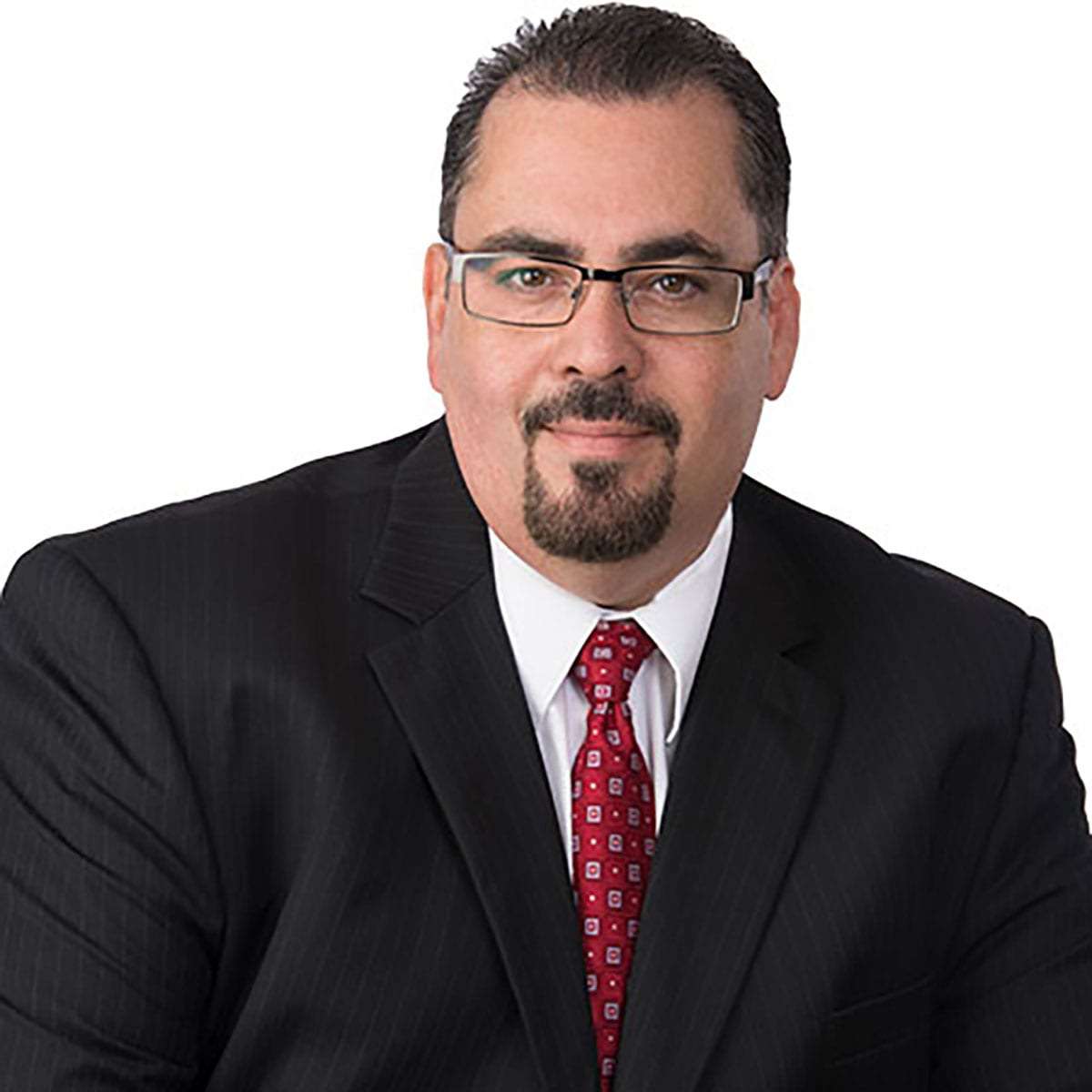 Sclerotherapy is a common outpatient procedure for the treatment of varicose veins and spider veins that is performed in the clinic and does not require anesthesia. The treatment causes the veins to fade within a few weeks. However, occasionally it may take a month or more to see complete results. In severe cases, several sclerotherapy treatments may be necessary.
Sclerotherapy is a common outpatient procedure for the treatment of varicose veins and spider veins that is performed in the clinic and does not require anesthesia. The treatment causes the veins to fade within a few weeks. However, occasionally it may take a month or more to see complete results. In severe cases, several sclerotherapy treatments may be necessary.
The veins in the legs that carry blood back to the heart have valves that allow blood to only flow in one direction. When valves in a vein fail to function properly, blood can back up and pool, causing the vein to bulge (becomes varicose).
The pooling of blood in the veins can lead to a chronic swelling condition called venous insufficiency. Correcting this condition lessens the pain and the symptoms of venous insufficiency and enhances the cosmetic appearance of the legs.
What Is Sclerotherapy?
Sclerotherapy is a procedure that can treat both varicose veins and spider veins. The minimally invasive procedure involves injecting a solution (called a sclerosant) directly into an affected vein. The sclerosant solution may be either a liquid or a foam depending on the size of the vein needing treatment.
The sclerosant damages the vessel’s innermost lining (called the endothelium) and causes the vein to scar and close. The body redirects the blood flow into healthier veins, and the body eventually reabsorbs the treated vein.
In addition to cosmetically improving the appearance of varicose veins, sclerotherapy can also improve related symptoms such as:
- Aching and chronic pain.
- Swelling (edema).
- Burning.
- Itching.
- Discoloration.
- Night cramps.
The most common areas for varicose veins to develop are in the legs and feet. The affected veins may be raised, discolored, or swollen. Affected veins that are deeper under the skin can cause pain and discomfort.
Depending on the size of the damaged veins, sclerotherapy can be used to treat varicose and spider veins in the following areas:
- Thighs.
- Calves.
- Ankles.
- Feet.
- Face (most frequently the sides of the nose).
What to Know About Sclerotherapy
Sclerotherapy is a safe procedure that usually takes less than an hour. The actual length depends on the number and size of the veins requiring treatment and how many injections are needed.
Some minor side effects can be expected at the site of the injection. The side effects include:
- Bruising.
- Raised red areas.
- Small skin sores.
- Darkened skin in the form of lines or spots.
- Multiple tiny red blood vessels.
Most side effects go away within a few days to several weeks; however, some side effects can take longer to disappear completely. The treatment is not a guarantee that there will be no visible traces or side effects of varicose or spider veins after the procedure.
The patient can get up and walk around soon after sclerotherapy and resume regular daily activities the day following the procedure. Patients are encouraged to walk since leg movement helps prevent the formation of blood clots. However, strenuous (aerobic) activity should be avoided for two weeks following the procedure.
Patients also need to wear support hosiery to “compress” the treated vessels, usually for about two weeks following the treatment. During this time, patients should avoid sun exposure to the treated areas. The inflammation caused by the injections combined with sun exposure can lead to the formation of dark spots on the skin, especially if a patient already has a dark skin tone.
Who Are Candidates for Sclerotherapy Treatment?
Sclerotherapy’s ideal candidates are those with venous insufficiency poorly controlled with compression stockings and who are not obese. Healthy people who complain of unsightly superficial veins of small diameter (4 mm or less) can also be good candidates for sclerotherapy.
Doctors recommend women who are pregnant or breastfeeding wait before receiving a sclerotherapy procedure.
The Results of Sclerotherapy
Patients undergoing the treatment can expect to see an improvement in spider veins in about three to six weeks. Smaller varicose veins and spider veins respond best to sclerotherapy. For larger veins, it may take up to four months to see an improvement. Exceptionally large varicose veins do not respond as well as smaller veins to sclerotherapy.
Depending on the extent of the varicose veins, multiple treatments may be necessary to eliminate all of the problem veins. When multiple sessions are needed, patients may need to wait six weeks before undergoing the next sclerotherapy treatment.
Generally, veins that respond to treatment do not return, but new veins may appear. A 2014 study found 83 percent of people undergoing sclerotherapy for varicose veins experienced a decrease in their pain.
About ten percent of patients do not respond to sclerotherapy injections at all. In these instances, different solutions or a different method may successfully treat the varicose veins; often, a phlebectomy, along with a more comprehensive treatment plan such as endovenous ablation, may resolve the varicose veins.
Novus Spine & Pain Center
Dr. Torres established Novus Spine & Pain Center in Lakeland, Florida, to provide the highest quality pain management care to every patient. Whether your pain is the result of an injury or another condition, Dr. Torres offers many different treatment options.
Novus Spine & Pain Center utilizes a comprehensive approach and cutting-edge therapies to restore normal function and allow patients to regain an active lifestyle while minimizing the need for opiates. As our patient, you are our top priority. Our goal is to help you achieve the best possible quality of life.
Our Mission Statement: To provide the best quality of life to people suffering from pain, by providing state of the art treatments, knowledge and skill, compassion, and respect for all.
To schedule an appointment, please contact us online, request a callback, or call our office at 863-583-4445.
Sclerotherapy Resources
Sclerotherapy for Varicose and Spider Veins (WebMD)
Sclerotherapy (Mayo Clinic)
Sclerotherapy (Medicine Net)
Sclerotherapy for Varicose and Spider Veins (Healthline)
Sclerotherapy of Varicose Veins and Spider Veins (RadiologyInfo.org)
Sclerotherapy for Spider Veins (American Society for Dermatologic Surgery)
Sclerotherapy (UCLA Health)
Sclerotherapy (Cardiovascular and Interventional Radiological Society of Europe)
Varicose Veins: Overview (PubMed)
Percutaneous sclerotherapy for venous malformations in the extremities: clinical outcomes and predictors of patient satisfaction (Springer Open)

